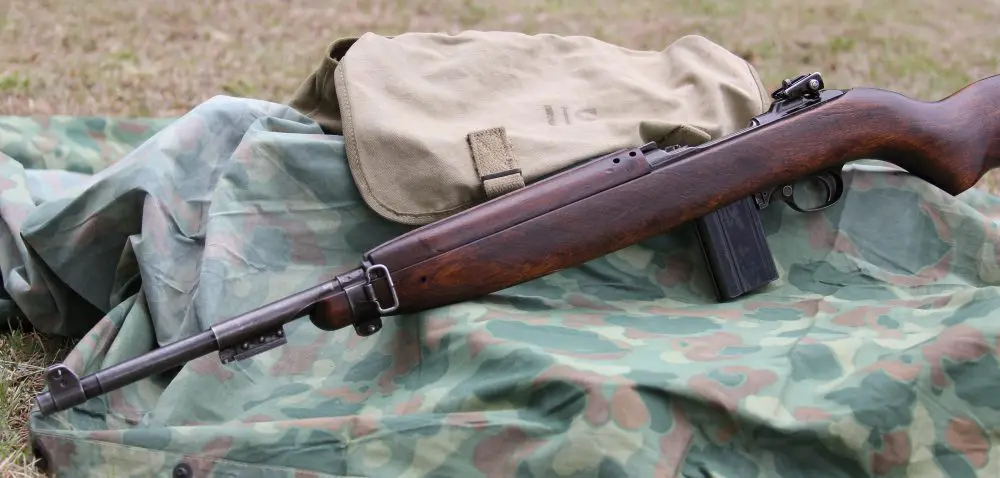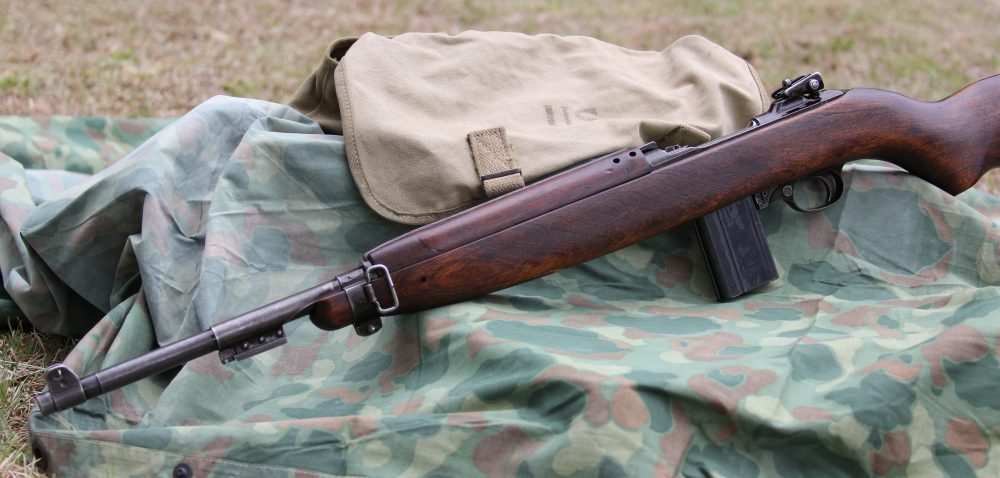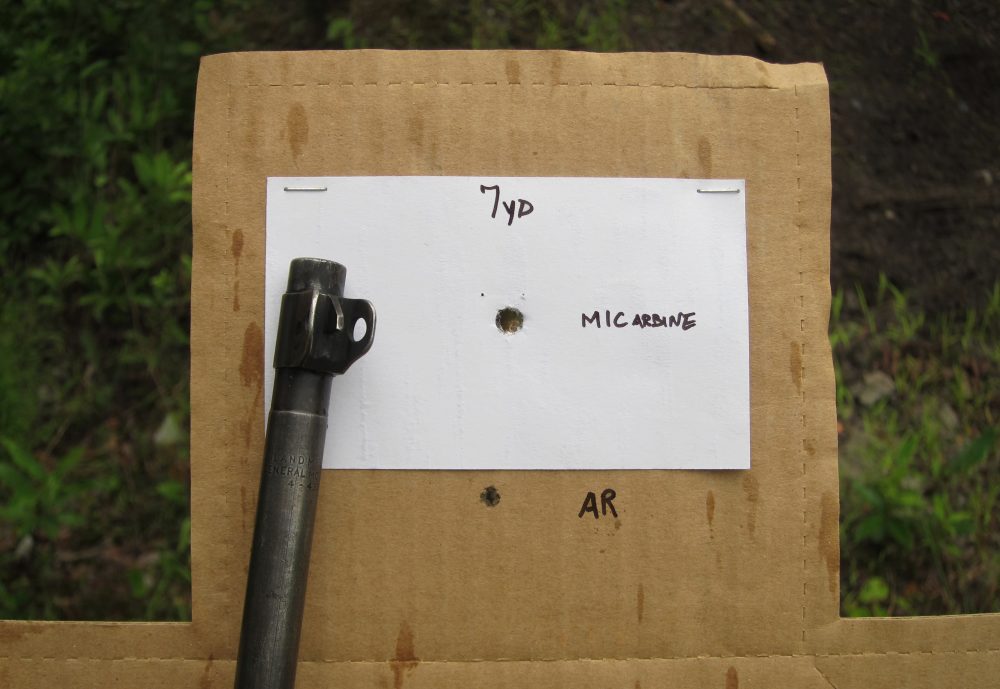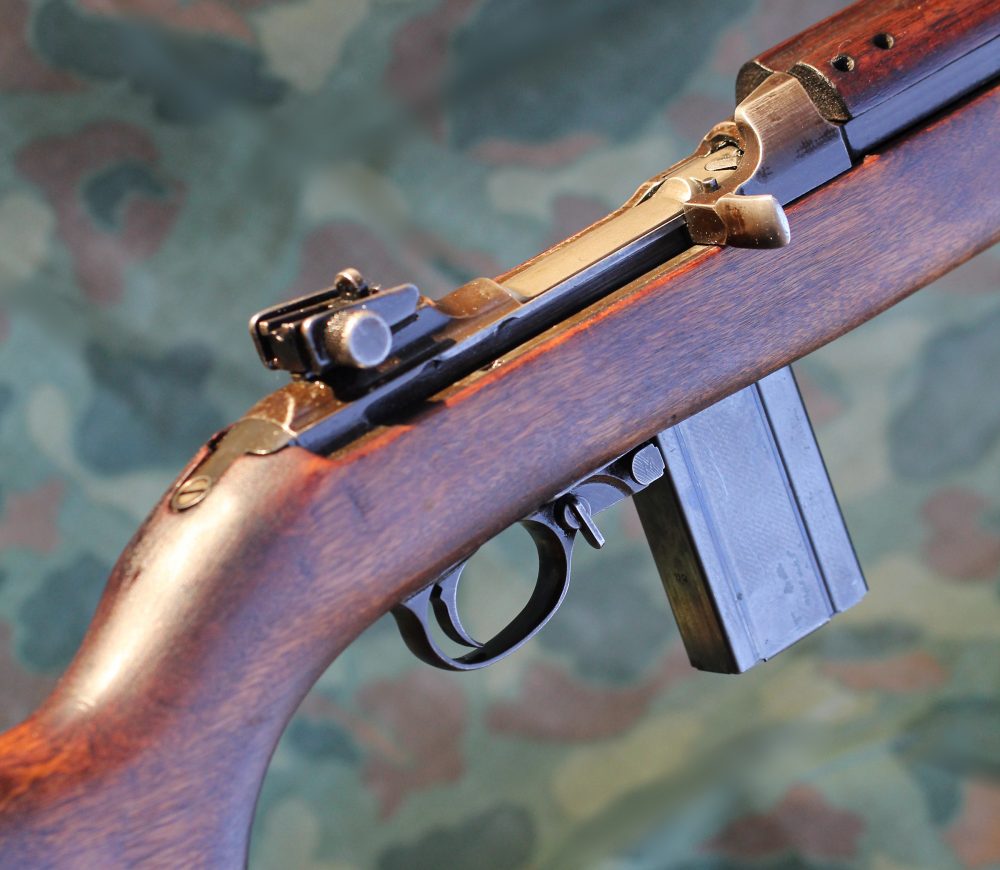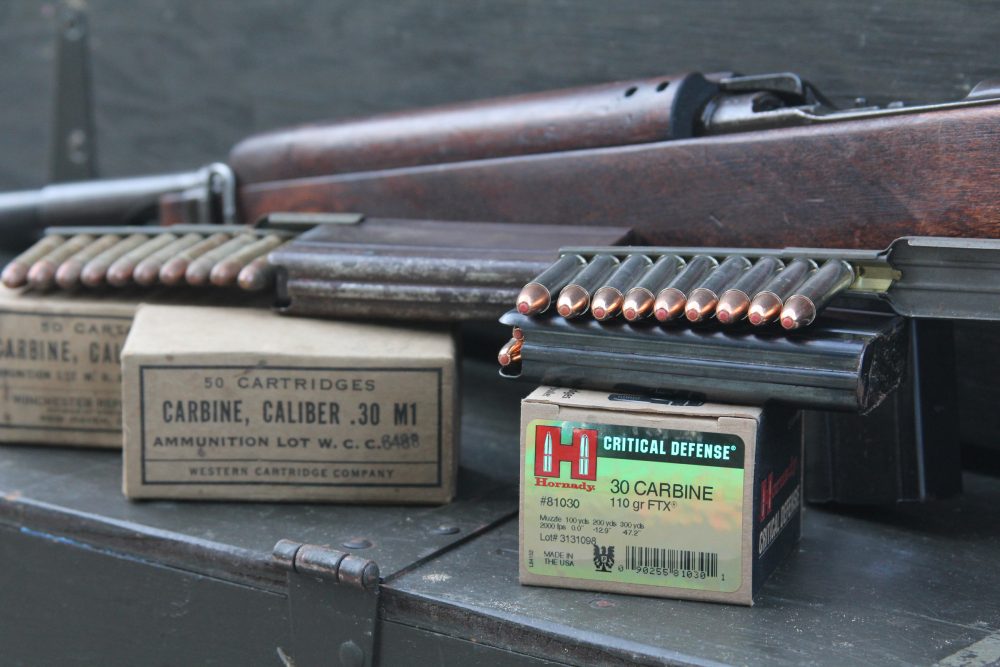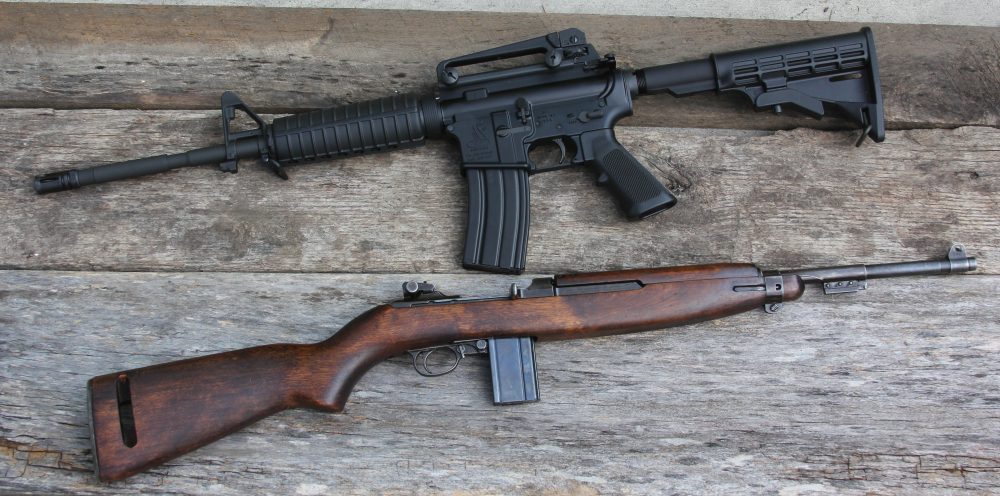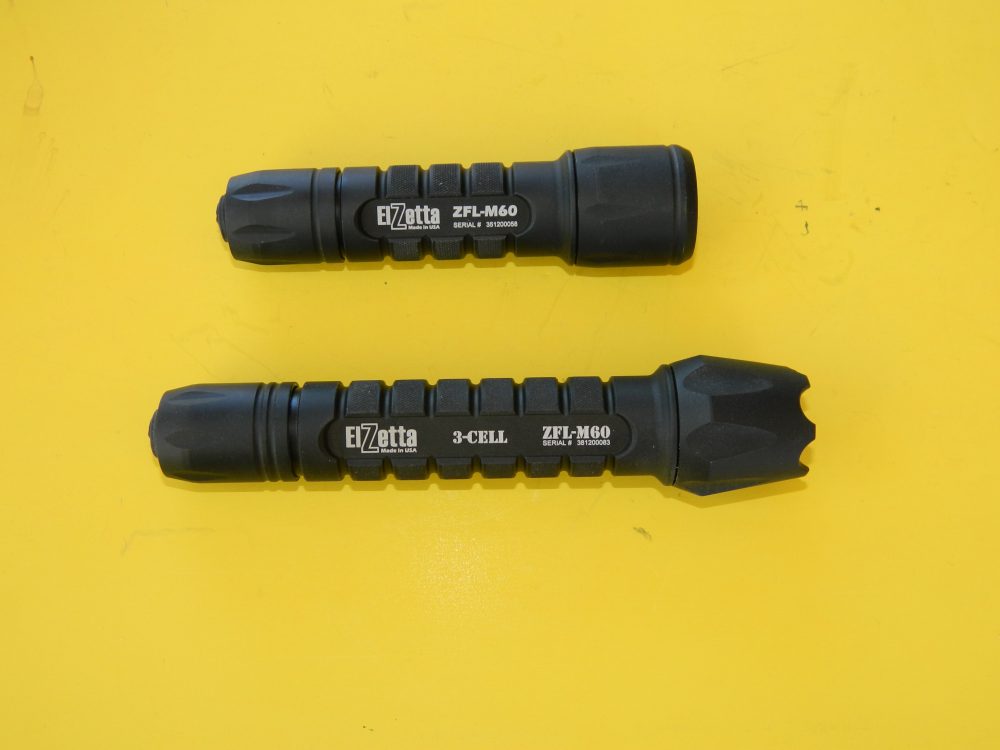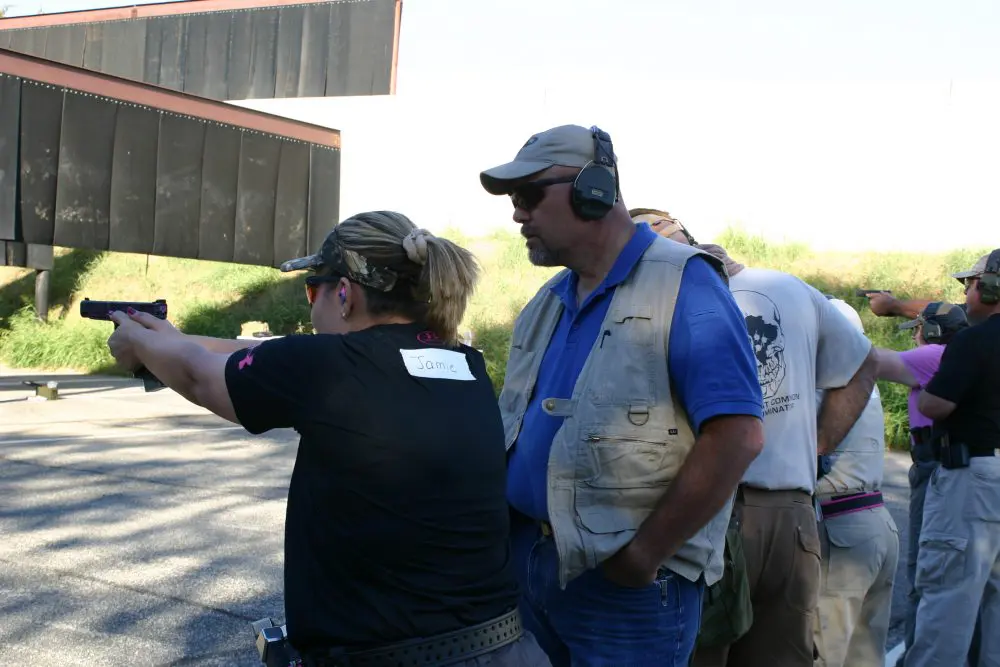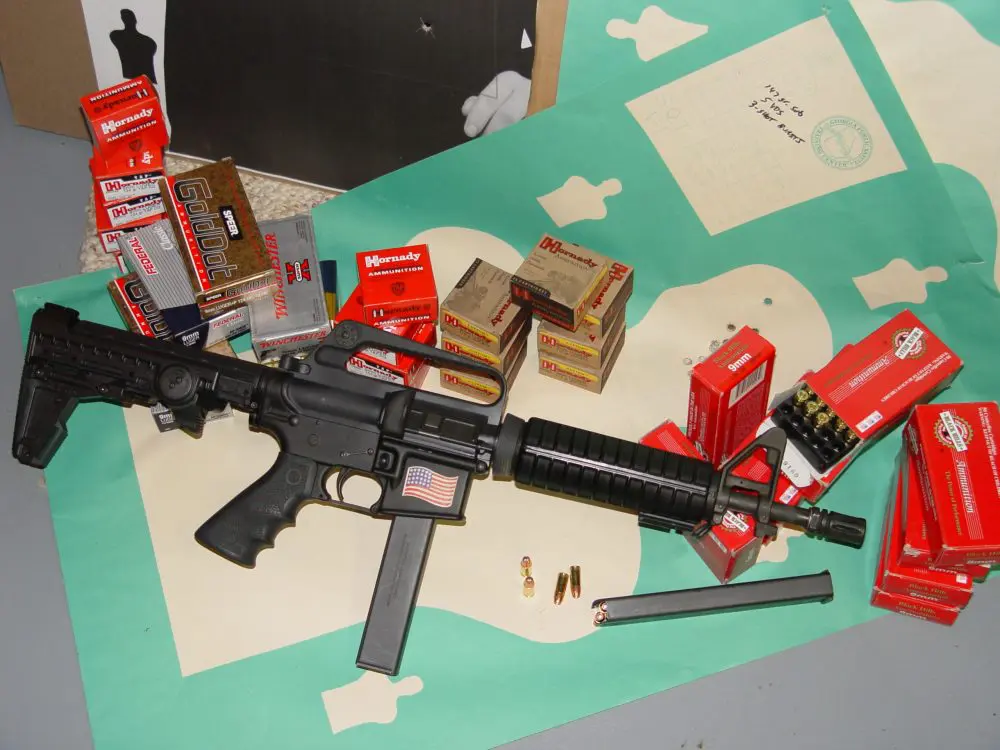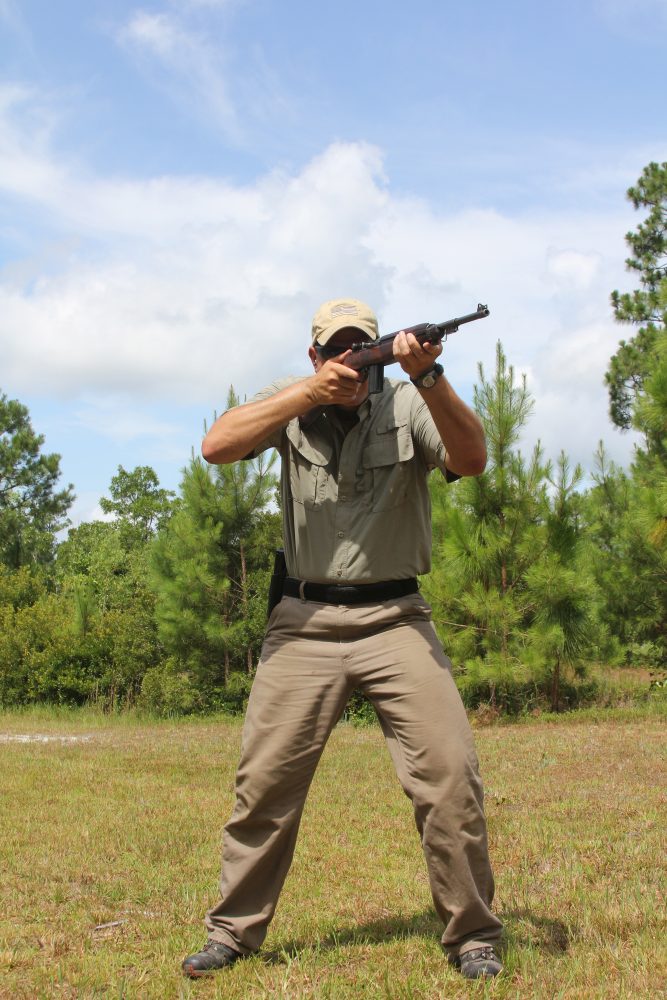
Is the U.S. Carbine, Caliber .30 M1 still viable in a post-AR world?
I began to kick that question around at the height of the recent AR buying frenzy. A variety of longtime M1 Carbine owners probably had a similar question as lines formed at gun counters. I knew several trainers who had advocated the Carbine in a home defense or patrol rifle application before the absolute proliferation of M4-style ARs that we currently know.
Since then the veteran has largely been forgotten.
Hornady’s recent introduction of their excellent FTX bullet in a tailored Critical Defense .30 Carbine loading set me in motion. I wanted to see just how the Carbine stoked with modern defensive ammo compared to a basic M4-pattern AR.
Table of Contents
THE GUNS
The M1 Carbine used in this project was an Inland CMP gun manufactured in 1943. It is as issued with the exception of the post-war addition of the bayonet adapter. For the AR, I went with the one at the center of the recent hysteria—a Bushmaster in M4-style trim, the XM-15E2.
For over 70 years, the M1 Carbine has been heralded for its light weight, simplicity, and ease of shooting. It is rare to hear a shooter describe one without the word “fun” popping up in the first or second sentence.
At a fraction over five pounds, it remains one of the lightest fighting shoulder arms available. The controls are simple and intuitive. It is unusual for even a new shooter not to easily figure out how to function the little guy. The length of pull works pretty well for everyone from juniors to giants. The aperture sights are among my favorites for the balance of speed and precision offered. The trigger on this particular sample broke, with a good bit of movement and “roll” typical of the design, at just over six pounds.
M1 Carbine has seen a lot of combat, but is it still a sensible choice in a post-AR world?
In 100-yard groupings, the M1 displayed a tendency to cluster three or four rounds into a very nice group and then push a flyer out. This is pretty common for the Carbine design and is related to how it beds. Even with this going on, the Carbine punched eight of 12 in a composite of multiple groups into two inches. The best five of those Hornadys were in about an inch. The Critical Defense loads can shoot better than the Carbine will allow.
The Bushmaster was a standard handguard carbine with the detachable carry handle iron sights. The M4 A2 Patrolman’s Carbine in company terms is probably a close clone of the majority of basic-flavor carbines that have sold in unprecedented numbers lately.
The carbine trimmed out at 6.7 pounds and has all the handling characteristics of its government-issue cousin. The trigger on this sample broke exactly at six pounds, with a little bit of creep in the break. Grouping the XM-15 prone over a rest at 100 yards resulted in 1.75-inch groups for Hornady 55-grainers. The short M4 sight radius isn’t a big help for squeezing more precision than that, so I was pleased with that for an iron sight group.
I wanted to test the two carbines against some practical shooting problems to get an idea of how they compared.
One of Carbine’s biggest advantages is its low bore line/sight line. At seven yards, Hornady FTXs impacted nearly on point of aim (center of card). AR impact with same point of aim was below the card, requiring shooter to offset up close.
DRILLS
The first drill was an aggregate of five shots in 20 seconds or less from prone (100 yards), kneeling (50), and standing (25) at a VTAC silhouette’s reduced A zone. This would give an idea of general performance potential.
The next drill was the “24”—a three-target assault course to show how the carbines would shake out in an aggressive format. Each were then shot up close in single-shot and rapid-fire drills.
The aggregate showed pretty similar times at each yard line, with the M1 a little slower in prone due to the drop of the stock allowing a little more rise in recoil than the Bushmaster’s inline recoil. I was attempting to get the shots to break at each first acceptable sight picture.
The times ran neck and neck thereafter for each gun, with kneeling for each taking 14 seconds and standing nine seconds for a comfortable “hit” call to the A zone.
Walking down to the targets, the results surprised me. The .30-caliber Carbine had slipped two out—but not by much—with the remaining 13 in the A zone. I had slipped five out of the box with the Bushmaster.
M1 Carbine’s controls are well laid out for the shooter. Rotary safety is quickly disengaged by a swipe of the trigger finger while mounting the gun. Open-top design is easily manipulated by most.
Considering that the XM-15 had grouped better and that I have a long train’s worth of ammo downrange on the AR platform, I had expected this test to go to the Bushmaster. Curious, I ran it again and ended up with the reverse: two just out with the AR and a cluster just above the scoring line with the M1.
A draw, but advantage to the M1 for a great cold run.
On the next trip to the range, I set up the 24 drill; barricade shots at 50 yards on three targets, then a dash to the 25 and 10 to re-engage the three targets followed by shots to each target on the move. Timed on a running clock with penalties for loose hits, it is one of my favorite drills.
After the M1’s impressive performance on the position aggregate, I was anxious to see how it would weather on a more aggressive drill.
With the less common 30-round magazine onboard, the World War II vet burned respectably through the course. The drill’s 5.5-inch bulls are just hard enough to force good sight picture and trigger break, and again the M1 Carbine recovered just slightly more slowly than modern designs, while the longish, “rolly” trigger pull took a fraction longer to dress up.
Hornady 110-grain FTX gives veteran Carbines performance well beyond traditional ball loads and is engineered specifically toward personal defense penetration and expansion. Critical Defense bullets maintain a ball profile and were 100% reliable in the M1.
The Bushmaster had the home court advantage on this drill, since I’ve run it many times on the AR platform, but none recently with a stock iron-sighted carbine. It put in a solid time that was just under 1.5 seconds faster than the M1.
I had expected a bigger margin, since there is probably a second of deviation that can exhibit from run to run with a complex assault course like the 24. Warmed up, I ran it again. This time there was less than a quarter second between the two carbines. This was not going as expected at all, and the .30 Carbine was earning respect with each shot.
Interestingly, the XM-15 ran about 15 to 20% slower than what I am used to with optic-equipped ARs set up the way I prefer.
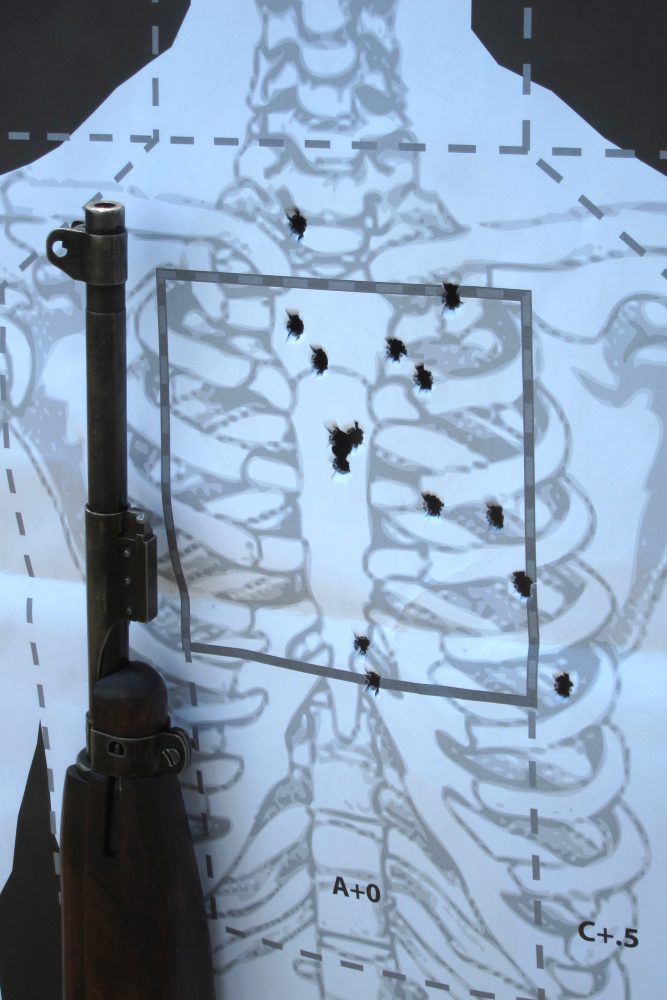
UP CLOSE
A reader could charge at this point that for the average rifle owner, neither of the drills thus far is meaningful if the long gun is meant for home defense. With that in mind, I moved in close and looked at two things: speed to the first shot and controllability.
One of the biggest advantages the .30 Carbine enjoys is its low height above bore and the closely related pointability. The front sight is only a fraction of an inch above the bore, meaning that up close the M1 behaves like point of aim and point of impact are identical. They aren’t, but the effect on target is similar. You aim and the round impacts there.
The AR’s inline design and handling qualities are offset by a generous height above bore for the sights. At indoor distances, the impact from an AR is well over two inches below the line of sight. We all know this, and the response is to “offset” by aiming high by the required amount on tough or partial shots. This takes a slight reaction time to do in practice compared to just breaking the shot as the sights cross the target area. Even well-trained shooters occasionally fail to take the required offset into account on close shots.
This advantage played out on the seven-yard presentation stage. The target was a 3×5 card inside the head of an IDPA silhouette. The carbines began low ready with the safety on.
The M1 Carbine put the 110-grain FTXs center of the card each time in an average of .90 second. The Bushmaster averaged 1.14 seconds to the same results. I was frankly a little disturbed that the surplus gun was making me look bad with an AR and pushed the speed a little to see if I wasn’t lollygagging. The times dropped to the mid 90s, but most of the shots cut below the card.
Bill Rogers used to describe actions as quarter second reaction times, and that correlates with the delta between the point of aim hits with the M1 and the offset hits .24 second behind with the XM-15. On a full-value target with no offset required, the difference would be meaningless in presentation between the two guns.
At ten yards, I set up a B8 target center to shoot five shots in 2.5 seconds. Easy day. The Bushmaster posted 47 out of 50 in 2.3, while the M1 totaled 49 of 50 in just under 2.5. The AR is significantly more controllable when the speed cranks up beyond this pace, while I don’t think I could push the .30 too much faster under control without some additional practice. Either is plenty controllable in across-the-room-need-something-to-stop-right-now mode.
Both long guns are comparable in overall length when AR stock is extended for use. The .30 Carbine maintains a significant weight advantage over even the light M4-style ARs.
DOWNSIDES
There is the issue of age/service life. While a good specimen of the M1 may shoot a recreational-grade AR into the dirt from a durability standpoint, the weapons are all getting into their 70s. They are remarkably durable, but nothing lasts forever.
The comparison to a hard-use professional-grade AR build is another issue, and the veteran will struggle there. There are, of course, reproduction carbines, but I have no useful knowledge on their build quality or adherence to the proven WWII specs.
White light should be a part of the defensive rifle. A red dot sight isn’t required but makes life much easier. Neither is easy with a legacy system like the M1 Carbine. It can be done, but is more in the “where there’s a will…” department than the typical AR. I thought about mounting a Magpul MOE Picatinny rail section to my M1 stock so I could click in an X300 weaponlight, but didn’t follow through. I may yet.
The standard handguard AR is a little easier in that respect, with the shooter having a variety of options to add parts in order to mount a light. It is not nearly as easy as with a railed handguard, but isn’t too intimidating nor are the parts hard to find. I suspect that 90-something-high percent of all the bazillion ARs purchased in the last year will never see a light or dot added to them, so the advantage is mostly academic.
U.S. Carbine, Caliber .30 M1, popularly known alternately as the M1 or .30 Carbine.
AMMO TIPS
Ammo tips to the AR at defensive distances. It is hard to find a load that won’t perform at ten yards for the AR. Even many of the FMJ choices on the market are likely to upset and fragment to good effect at hailing distances from the 16-inch barrel.
The M1 Carbine is only comparable with select soft-point and hollow-point loads, otherwise leaving pretty unremarkable wound channels. I had spoken with an ammo company years back to recommend a modern bullet for the Carbine, and they didn’t see a market.
Hornady did, and the Critical Defense load is tailor made with all the extensive modern research into ballistic performance. The FTX gives the Carbine potential beyond what any GI experienced, with impressive expansion and penetration.
SELL YOUR ARs?
I’m not.
If the comparison remains apples to apples—an iron-sighted AR without a light—it’s encouraging to see how much performance the old Carbine, Caliber .30 provides.
However, the iron-sighted stock AR such as the one shot here is a baseline for all the potential that system has. There are more optics and accessories coming to market weekly that give the AR a performance boost. Organizationally, there is no advantage to bypassing a quality AR to go after WWII surplus.
But if as an individual, all I had were a surplus Carbine and some modern high-performance rounds like the Hornady loads, I would still be very well armed.
SOURCES:
Bushmaster Firearms International
(800) 883-6229
www.bushmaster.com
Hornady Mfg. Co.
(800) 338-3220
www.hornady.com
